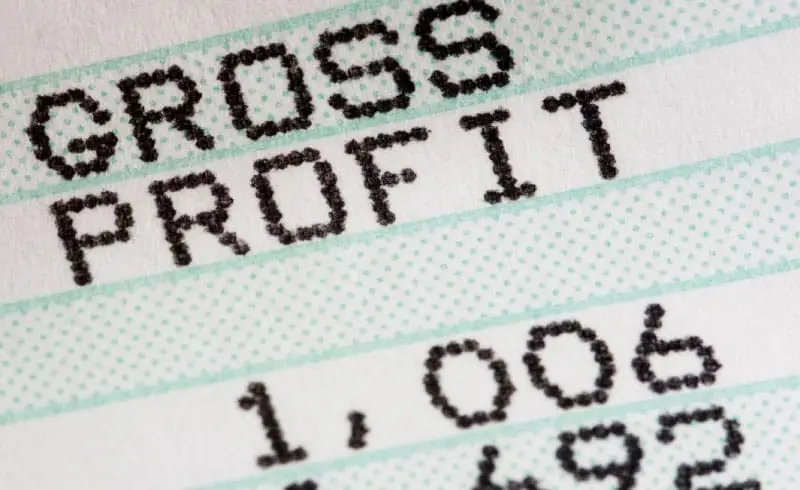The monthly P&L statement you receive from xendoo is a great snapshot of how your business has performed in the recent past. But did you know that it can also help you strategize for future success?
Its numbers can guide you to answers for frequently asked questions like these:
Am I Meeting My Profit Margin?
If your Net Income is very small (or worse, a loss) and there are no external influences such as a normal seasonal dip in sales, your profit margin is too low. To figure your profit margin, use this formula:
Gross Profit ÷ Total Revenue = Profit Margin (usually expressed as a percent)
Example: $25,000 Gross Profit ÷ $100,000 Total Revenue = 0.25 Profit Margin (25%)
Is that percentage the one you determined when you set up your business plan? If not, look for areas that may need improvement in both the Revenue and Cost of Sales sections of your profit & loss statement. Consider raising prices, trimming expenses, or doing some of each.
Do I Have Money to Reinvest in the Business?
Look at the “bottom line” — your Net Income. This is how much you have left of your total sales after you pay both direct and indirect costs of operating the business. You should keep some cash available as a cushion against unexpected setbacks, such as an interruption in cash flow. If the net income is more than that, you can think about ways to use it to grow your business, such as buying new equipment.
Can I Afford to Expand?
Unlike the previous question, this one is about increasing your ongoing operating expenses — hiring additional employees, moving to a larger space (with higher rent), and so on. To make this decision:
1. Plug the increased numbers into the relevant lines in your in Other Income and Expense section on the P&L statement (i.e. Payroll).
2. Add up the section to get a new Total Other Income and Expense.
3. Calculate Gross Profit – Total Other Income and Expense = your new projected Net Income.
Now you can easily see whether the business can tolerate higher operating costs. We suggest that you use year-to-date figures rather than the results for the previous month. They are a more reliable indicator of how your business is likely to be performing in the future.
Should I Get a Business Loan?
Here again, the costs of paying back the loan will be reflected in the Other Income and Expense section of the profit and loss statement. Use the same steps in the paragraph above to decide whether this is a smart idea.
As a general rule, using a business loan to cover overhead expenses such as payroll is only digging yourself deeper into the hole. Go back to the first question for suggestions on how to improve profit margins so that you won’t need to seek loans.
Also, be aware that potential lenders will look at your P&L statements to judge whether you are a good risk. These financial professionals will be able to tell whether your business model is working and how efficient your operation is. Make sure you know those things yourself, so you can address any issues they might bring up with you.
Have more questions about the numbers on your profit and loss statement? Just ask your xendoo accounting professional. And remember, xendoo guarantees delivery of the statement by the 5th business day after the end of the month, so you can rest assured you’re acting on timely information
[av_sidebar widget_area=’Blog Post Disclaimer’ av_uid=’av-om2w’]










